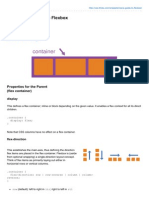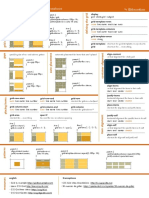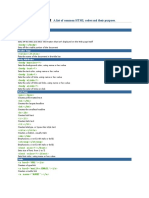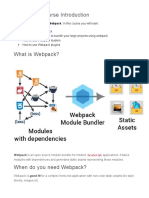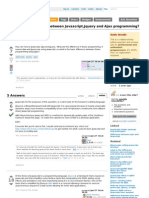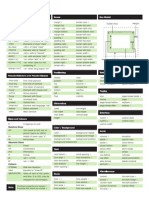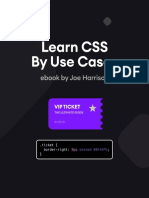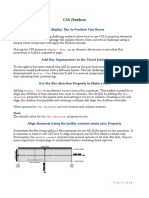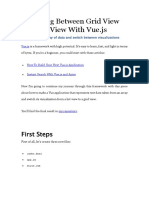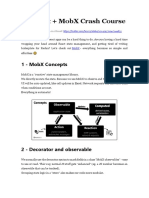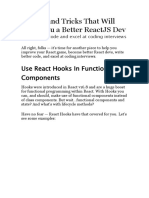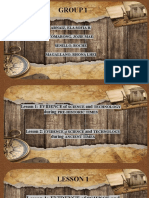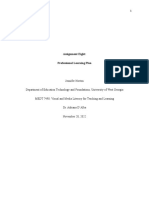0% found this document useful (0 votes)
604 views24 pagesCSS Flexbox Mastery Guide
The document is a thorough tutorial on CSS Flexbox properties and how to use them. It includes diagrams and explanations of flex container and items, main and cross axes, flex direction, wrap, flow, justify content, align items, order, and more. The goal is to provide a complete overview of all Flexbox capabilities through examples and visualizations.
Uploaded by
Jhonathan AntonioCopyright
© © All Rights Reserved
We take content rights seriously. If you suspect this is your content, claim it here.
Available Formats
Download as PDF, TXT or read online on Scribd
0% found this document useful (0 votes)
604 views24 pagesCSS Flexbox Mastery Guide
The document is a thorough tutorial on CSS Flexbox properties and how to use them. It includes diagrams and explanations of flex container and items, main and cross axes, flex direction, wrap, flow, justify content, align items, order, and more. The goal is to provide a complete overview of all Flexbox capabilities through examples and visualizations.
Uploaded by
Jhonathan AntonioCopyright
© © All Rights Reserved
We take content rights seriously. If you suspect this is your content, claim it here.
Available Formats
Download as PDF, TXT or read online on Scribd
/ 24
